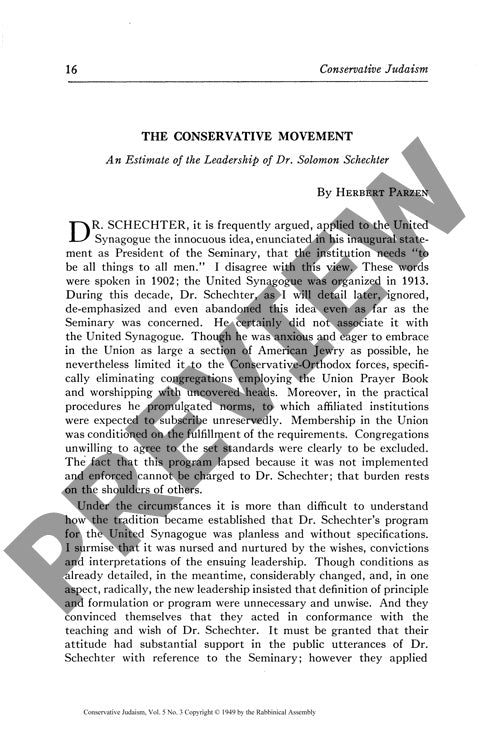The Conservative Movement an Estimate Of
Couldn't load pickup availability
Solomon Schechter's vision for Conservative Judaism has been fundamentally misunderstood. While modern Conservative leadership claims his principle of being "all things to all men" as justification for broad inclusivity, historical analysis of Schechter's writings, speeches, and policies from 1902-1913 reveals a more nuanced reality. Through close examination of his inaugural addresses and official documents within the context of early twentieth-century American Judaism, this research demonstrates that Schechter applied accommodating principles selectively - embracing academic diversity at the Jewish Theological Seminary while simultaneously establishing strict membership criteria and doctrinal boundaries for the United Synagogue, limiting it to Conservative-Orthodox congregations. The perceived institutional weaknesses in modern Conservative Judaism stem not from Schechter's original framework, but from his successors' departure from his practical procedures and membership requirements while paradoxically invoking his authority. Far from being a non-partisan accommodationist, Schechter operated as a religious traditionalist who carefully balanced historical Jewish practice with American cultural realities, a finding that fundamentally reshapes our understanding of Conservative Judaism's foundational principles and early institutional development.

More Information
-
Physical Description
-
Publication Information
Published 1949
ISBN
-
Publication Credits
Herbert Parzen

